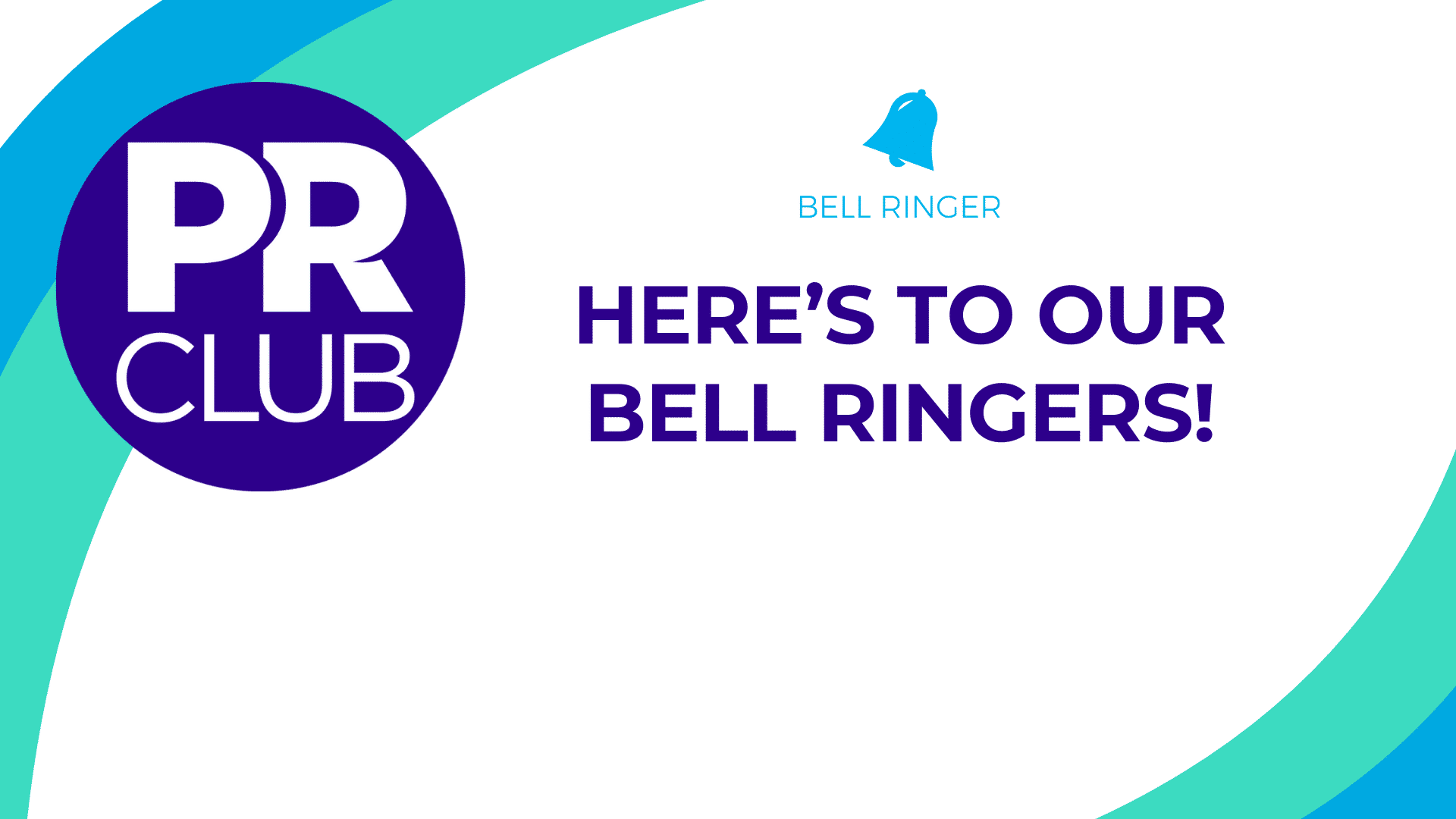Before you get started on crafting your next proposal or plan, consider first what you don’t know and, second, what you want to learn before starting the ideation process. Research is an incredibly important first step and one that requires a methodical approach to yield meaningful insights into the target audience, media consumption, cultural opportunities, competitive landscape and more. It helps shape go-to market strategies and lays the groundwork for better thinking that will ultimately provide more room for success.
So, where do we start? Below is a roadmap of some helpful research tools at our disposal. These give us a glimpse into third-party research (including a mix of paid and unpaid sources), help us understand the habits, media consumption and attitudes of our target audiences, and show us which topics and individuals are driving the conversation on social media.
Let’s jump in! Who is your target audience and what do they read, watch, and listen to for news, entertainment and advice? What are the pressing issues your audience cares about, and your brand or organization can be a resource for? Is there an untapped, ownable opportunity?
- Examining Third-Party Research: Your firm may already subscribe to research reports from a trusted partner like Mintel or GfK, but not every agency has these dedicated resources, and many smaller firms or independent practitioners may need a more cost-effective research solution. It’s critical to look for what’s available in the public domain. Many well-known market research and consulting firms like Forrester, Deloitte, McKinsey, Pew Internet Research, and the Kaiser Foundation publish extensive reports and industry insights on their websites. These reports are excellent starting points for trend research. Analyst firms often publish reports or surveys to spark media coverage in mainstream outlets. For example, when doing research for a travel brand, a statistic cited in a USA Today on what percent of people are planning international travel may have an original source of an analyst or research firm – start there and determine if you can access the executive summary, a press release with highlights and potentially the full-text report.
- Putting a Finer Point on Your Target Personas: Syndicated surveys from research partners like MRI-Simmons aggregate consumer data and give us not only sales data, but psychographic data that illuminates opportunities to connect with target audiences. These platforms collect and analyze aggregate national data based on tens of thousands of respondents’ opinions. We can search broadly and see things like the favorite car brands for men aged 18-30 compared to men aged 31-45, or we can examine more granular audience data, like the top media outlets for Millennial women in the Northeast with a household income of $70,000 a year. Another example: comparing the attitudes and media-watching habits of a 50-year-old woman living in a suburban area to one living in a major urban center. While 50+ women may be the target, where they live can result in dramatically different media and lifestyle preferences – and, in turn, the need to emphasize different product benefits, tailoring the messages and media vehicles for reaching each. Further, comparing our target audience to a baseline audience, like all US adults, can inform your approach: if Millennial women are 50% more likely than all adults to agree with the statement, “I like to connect with brands through social media,” and a brand’s primary target is Millennial women, then a social media activation or content series should be part of your communications strategy.
- Social Listening: Finally, social listening platforms can provide a great snapshot of what’s driving discussion for our clients or their competitors. Tools like Sprinklr, Sprout Social and Brandwatch enable us to analyze conversations on a much deeper level than simply searching hashtags on Twitter. At 360, we utilize Sprout Social to identify keywords associated with a brand, conversation themes, where that conversation is taking place most often and who is driving it – from individual influencers to media and other organizations we may want to partner with. Our goal is to identify emerging topics of interest to the audience that a brand can add value to – providing some missing information and expertise or helping to illuminate an issue important to the audience in order to evoke positive change.
While by no means an exhaustive list, these tools and strategies can provide a starting point for building and leveraging research capabilities to inform our work.
This article was written by Daniel Novak, Research & Insights Specialist at 360PR+, a PR Club member.




